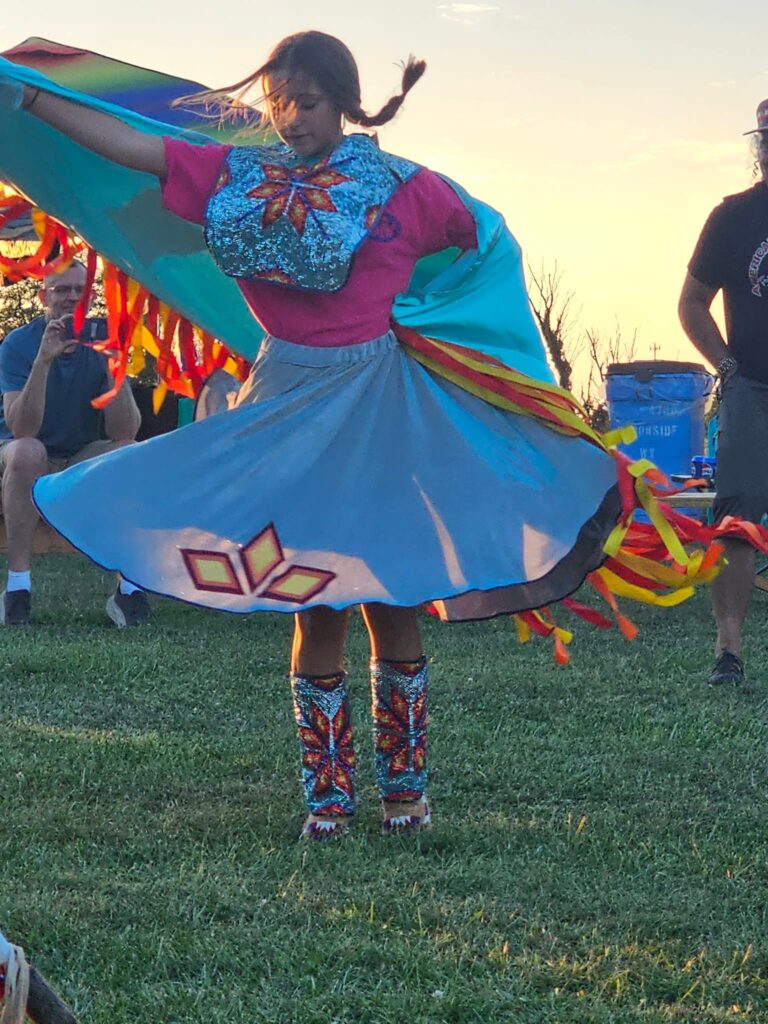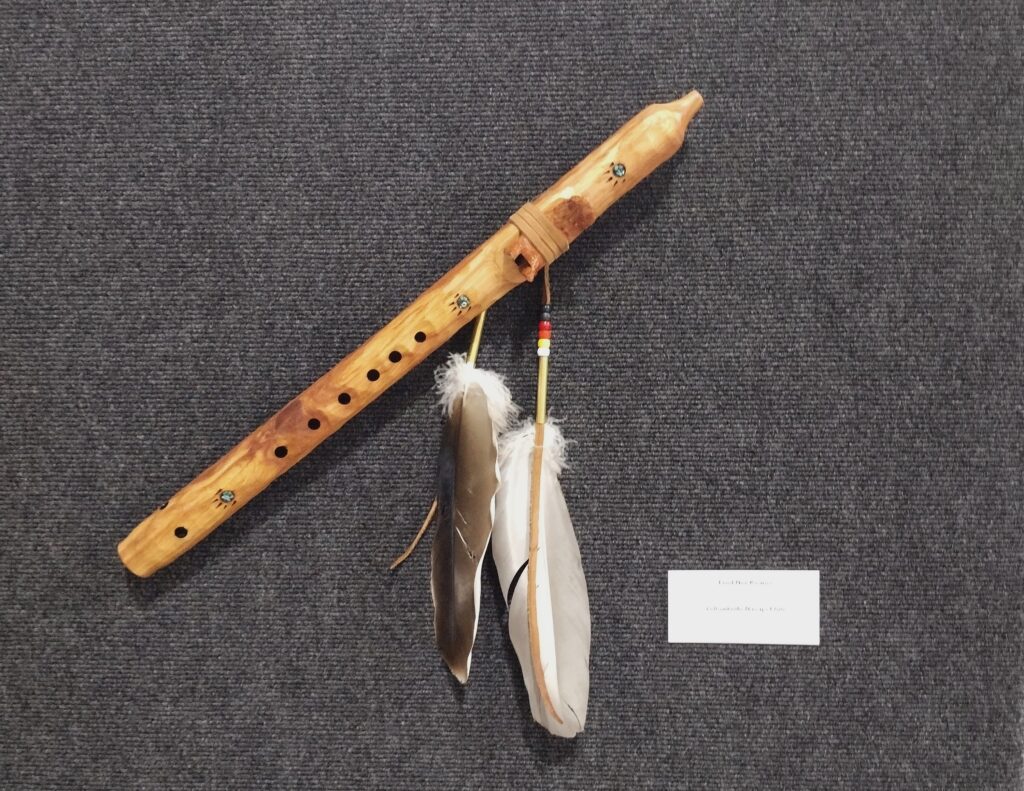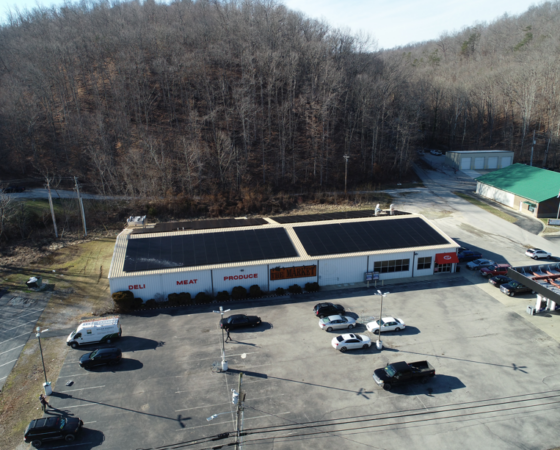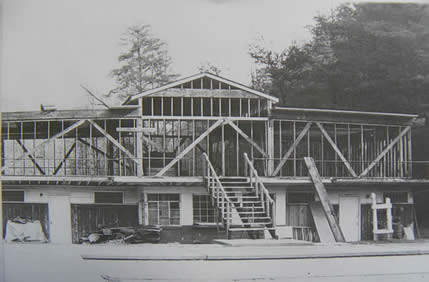One of the first activities that I participated in when I started as Mountain Association’s Outreach Specialist was the Native American Heritage Festival held at Cumberland Falls, which featured three days of learning about the culture, craft, and food of Native people in Kentucky. With presentations on several different topics, it was an opportunity to witness the interaction of new and old generations that wanted to know how they could be supportive of Indigenous people. The message that I heard over and over again was: Don’t talk about us as if we’re in the past. We’re Still Here.

In fact, more than 90,000 Native American and Alaska Native people live in Kentucky. Though there are no federally or state-recognized tribes in Kentucky, many Cherokee, Shawnee and Chickasaw people, along with other tribes, make up this 90,000. Outside of reserve lands in North Carolina and Oklahoma, there are more people of Cherokee descent living in Kentucky than any other state. We know that Kentucky has long been mythologized as the ‘Dark and Bloody Ground,’ a place where Native tribes were thought to pass through but never settle—a narrative that persists even now. However, both archaeological evidence and recent census data tell a different story, revealing a deep and enduring Indigenous history in the region. Despite this, the federal government does not recognize any tribes in Kentucky, and the state lacks a process for formal recognition, leaving many with Native ancestry working to increase awareness and educate the public about their heritage.
From organizers and professors, to poets and artists, Native people hold all kinds of different roles in our communities. These community members regularly hold events to celebrate their culture and invite others in. I’ve been able to participate in some of these different events, allowing me to learn the ways they carry on the traditions and wisdom of their culture and witness the generosity with which they share with us in the communities that they live or travel to. Most recently, on November 1st, I attended a visual art exhibit featuring Indigenous people living in Kentucky. Representatives of Cherokee, Choctaw, Mohawks, Anishinaabe, and Mi’kmaq Nation displayed their art, hailing from different counties of Kentucky: Adair, McCraken, Fayette, Daviess, Mercer, Powell, Caldwell, Christian, and Warren, had their art on display. Held at the Capitol Plaza in Frankfort, the ‘Native Reflections’ exhibit was organized by the Kentucky Native American Commission and Kentucky Art Council, and is traveling throughout Kentucky in 2025.

Their pieces were powerful depictions of how Indigenous peoples in Kentucky today are part of a rich and diverse legacy that traces back thousands of years. Native Americans have been in Kentucky longer than any of our families, and they still are. We only have one life to live, and one meaningful way to honor our time in Appalachia is by understanding the rich legacy of those who stewarded this land before us. Learning about the history and ongoing contributions of Native Americans in Eastern Kentucky deepens our connection to the region and ensures we respect the cultures that continue to shape it today. We all need to learn more about the cultures of people that live here by attending powwows, cultural festivals, and education initiatives.
A great place to start is by following organizations like the Kentucky Native American Heritage Commission that work to promote awareness of the state’s Indigenous history and contributions.
Additionally, in Eastern Kentucky, there is the Richmond Pow Wow Association, the Southeastern Kentucky Association of Native People, Inc., and the Warrior’s Path Project, which Mountain Association is actively working to support.





